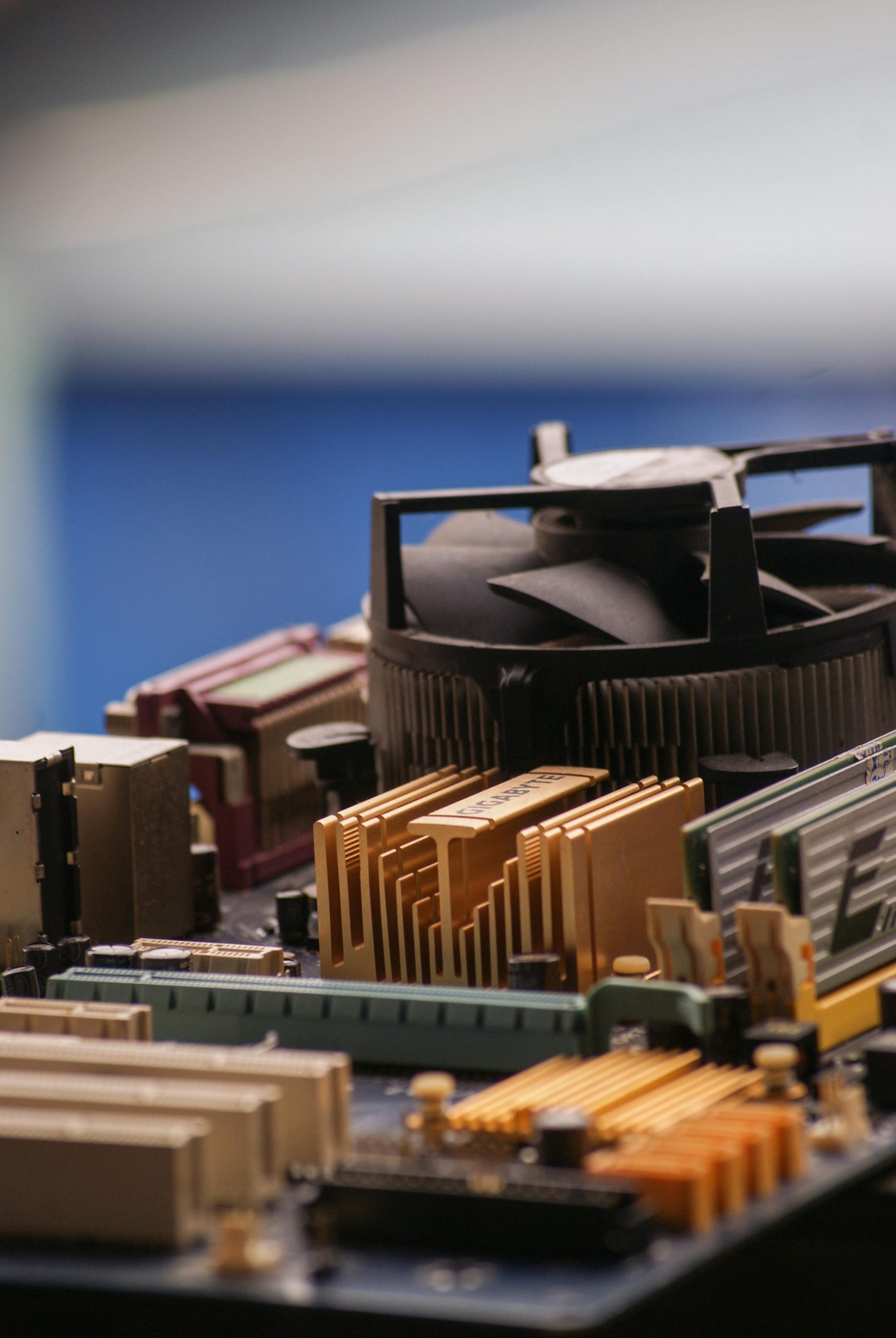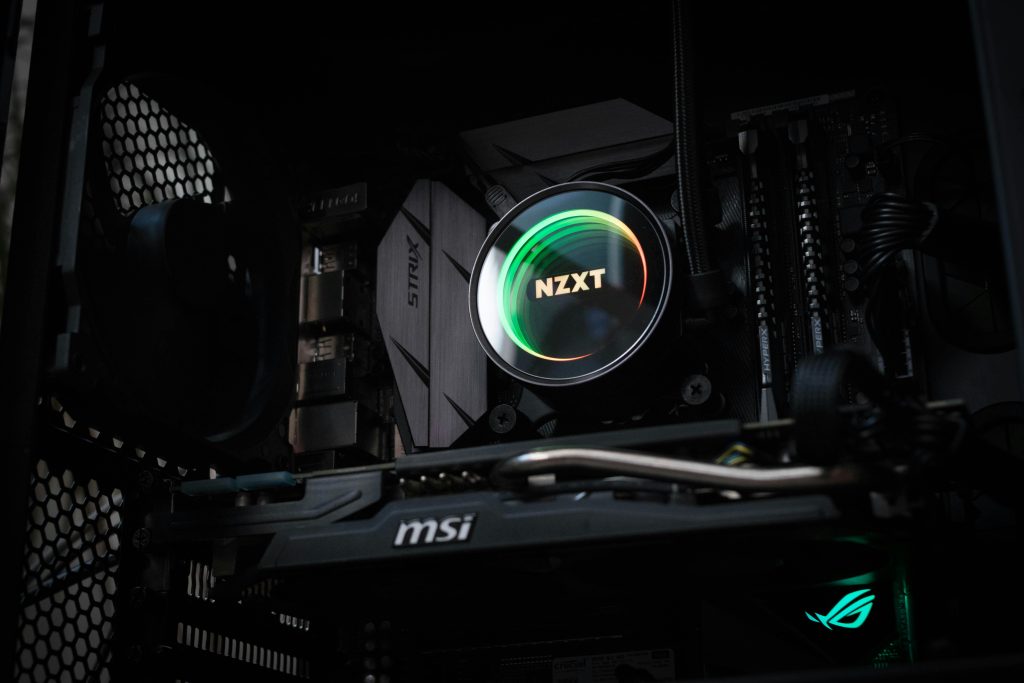Troubleshooting a Non-Responsive Old PC: Diagnosing Restart Issues and Steps for Repair
Experiencing persistent startup problems with an aging computer can be frustrating. If your system keeps restarting immediately after powering on and never reaches the BIOS, identifying the culprit component is crucial. This article discusses common causes for such issues, especially in older PCs with questionable power supplies, and offers guidance on troubleshooting effectively.
Understanding the Symptoms
In this scenario, the PC is approximately ten years old and exhibits the following behaviors:
- It attempts to power on but restarts almost immediately.
- It does not reach the BIOS or perform any POST (Power-On Self Test).
- All fans spin normally when power is supplied.
- No changes occur after switching power cords, indicating the issue isn’t related to the power source.
Potential Causes
- Power Supply Unit (PSU) Failure
A failing PSU is a frequent culprit in unexplained startup issues. Over time, PSUs can degrade, leading to insufficient or inconsistent power delivery, causing the system to restart before completing BIOS checks.
- Overheating or Thermal Issues
While less common if the system doesn’t even reach BIOS, dried or improperly applied thermal paste can cause CPU overheating or instability. However, if the system doesn’t boot at all, this is less likely to be the primary problem.
- Motherboard or Other Hardware Components
Defects or failures in the motherboard, RAM, or other essential hardware can prevent system startup. Visual inspection might reveal bulging capacitors or burn marks.
Troubleshooting Steps
Given limited spare parts for testing, focus on the most probable issues:
-
Inspect the Power Supply
-
Physical Inspection: Check the PSU for visible signs of damage, burnt smell, leaking components, or bulging capacitors.
- Simplify Power Connections: Disconnect all non-essential peripherals and drives to reduce potential points of failure.
-
Test with a Known Good PSU: If available, swapping the PSU is the most effective way to confirm if it’s the root cause. If not, consider acquiring a replacement or testing in a different compatible system.
-
Confirm Motherboard and RAM Functionality
-
Reseat RAM modules and verify they are properly installed.
-
If you have multiple RAM sticks, try booting with one at a time to rule out faulty modules.
-
Reset BIOS Settings
-
Clear CMOS to reset BIOS configurations to default.
- This can be done by removing the CMOS battery temporarily or using a reset jumper if available.
4.
Share this content:



